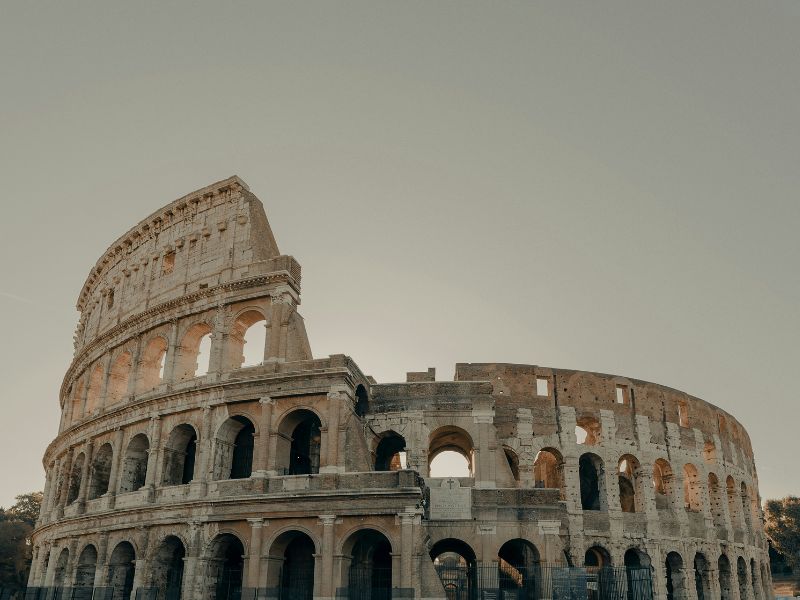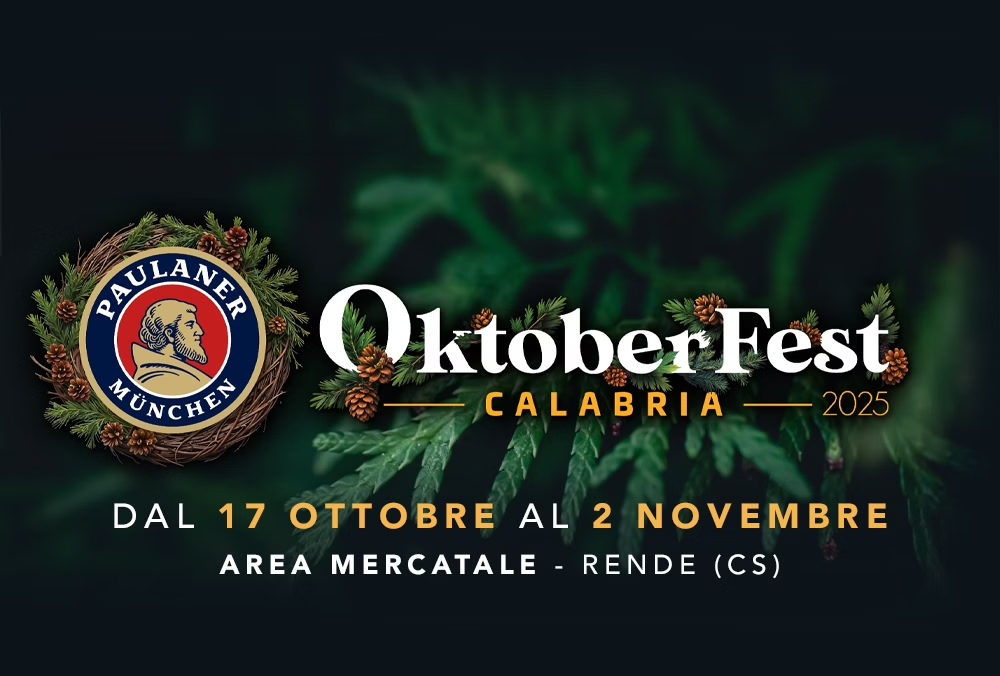The Colosseum, also known as the Flavian Amphitheater, is one of the most representative monuments of both Rome and the whole world. Built in the 1St century AD, it has been the scene of spectacular gladiatorial games, naval battles and other forms of public entertainment. Its architectural magnificence and fascinating history draw millions of visitors each year, making it a must-see for anyone visiting the Eternal City.
History and construction of the Colosseum
Construction works for the Colosseum began under Emperor Vespasian around 70-72 AD, and it was completed by his son Titus in 80 AD The amphitheater could host between 50,000 and 80,000 spectators and it has been used for almost 500 years. Gladiatorial games were officially banned in the 6TH century, but the Colosseum continued to be used for other activities such as theatrical performances, and as a fortress in the Middle Ages.
Architecture and Design
The architecture of the Colosseum is a masterpiece of Roman engineering. The structure is elliptical, and it is 189 meters long, 156 meters wide and 48 meters high. It is made up of four levels, each of which has a different architectural style, with Doric, Ionic and Corinthian columns decorating the facade. The central arena was surrounded by a 4-meter-high wall, with a vast underground system called hypogeum, which housed gladiators and animals before the shows.
Life and shows in the Colosseum
The Colosseum was the beating heart of entertainment in ancient Rome. Gladiatorial games were the main attraction, with gladiators fighting each other or against wild animals. There were also public executions and reenactments of famous battles, sometimes with real naval battles, thanks to a sophisticated flooding system. These events were sponsored by the emperor and wealthy Roman citizens, who sought to win the favor of the people with grand performances.
Decline and conversion
After the fall of the Roman Empire, the Colosseum fell into disuse and suffered looting and natural damage, including earthquakes. During the Middle Ages, it was used as a stone quarry for other buildings in Rome. It was only in the 18th century, under the Vatican, that a process of preservation began, which continues to this day.
The Colosseum today
Today, the Colosseum is one of Rome’s top tourist attractions, representing the city’s glorious past and its indomitable spirit. It is included in the UNESCO World Heritage List and continues to be a place of great historical and cultural interest. Visitors can explore its ruins, visit its museum and imagine life in ancient Rome.
How to get to the Colosseum from the BV Oly Hotel
The Colosseum is easily accessible from the BV Oly Hotel. Just take the subway, line B, from the “Basilica San Paolo” station, which is just a 10-minute walk from the hotel. After four stops, get off at the Colosseum Station and you will be right in front of this magnificent symbol of ancient times.






